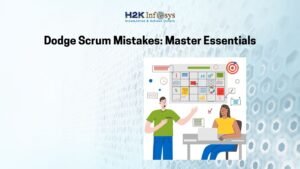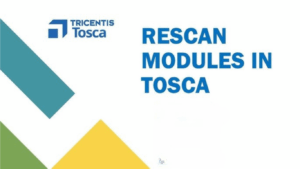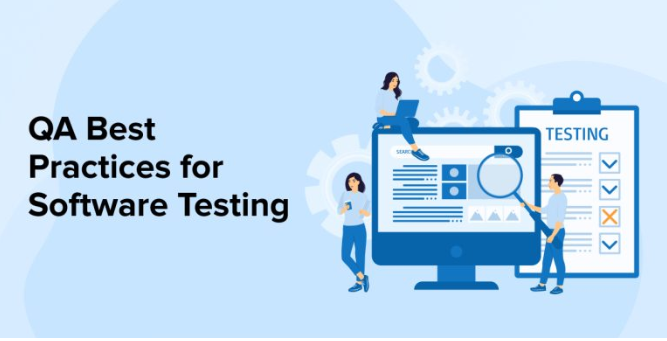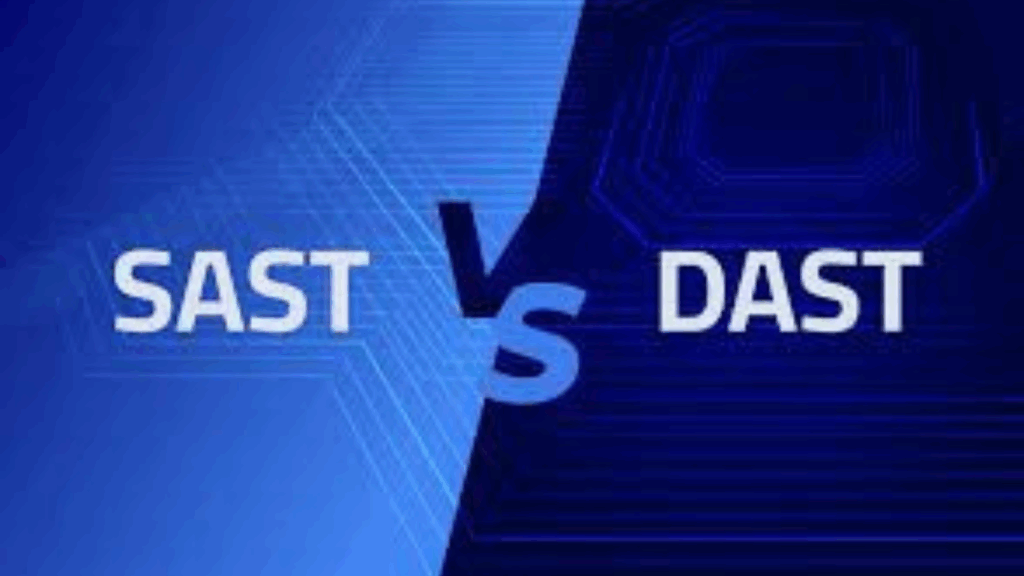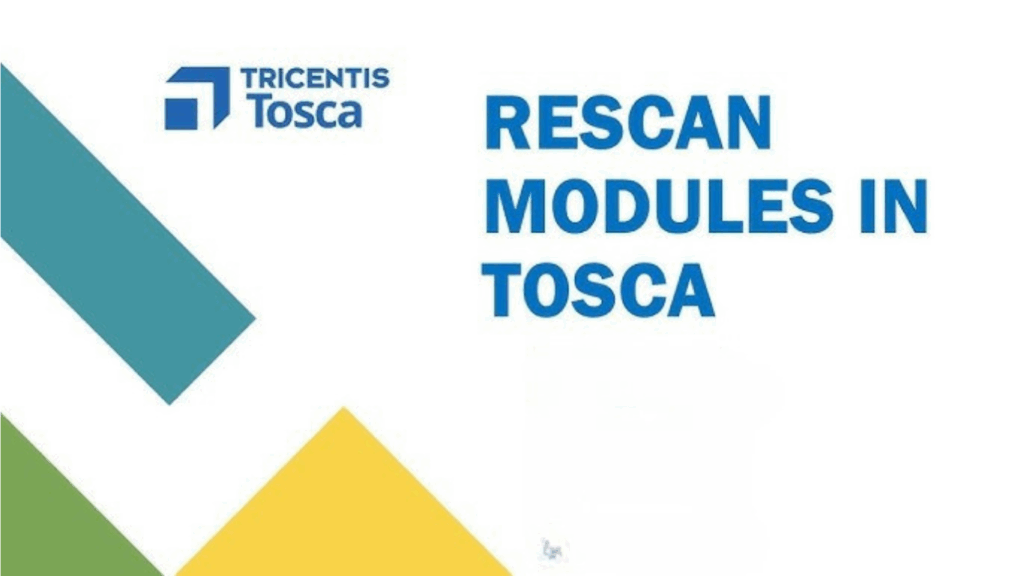The agile methodology of the development process has been generally adopted as the most effective method of project management in several software developing companies, automobile industries, information and technology companies, machine manufacturing companies, and some other business organizations that are not tech-related as health and food industries. It might interest you to know that the agile concept can be applied to various teams and project groups. Its application goes beyond software development and engineering.
Scrum is a framework of the agile process that is usually utilized for software and non-software-related development processes. Due to its enormous benefits and ease of application, the scrum methodology is now being applied in several industries for project development and other related operations.
As you would expect, the scrum approach’s increasing adoption has brought about rising demand for scrum masters in various companies. Hence, the creation of multiple scrum master jobs across numerous industries. However, the scrum framework is an approach that can be easily understood. Nevertheless, it is laborious to implement. As a result, scrum masters usually encounter several hitches when implementing the scrum methodology. In this tutorial, we would be looking at several obstacles that you can encounter as a scrum master to give you prior knowledge and keep you prepared for future tasks.
Who Are Scrum Masters?
A scrum master is a skilled professional who is saddled with the responsibility of introducing agile model principles to a business and overseeing the overall activities of the scrum team. As a scrum master, you are obligated to help members of the scrum team, pinpointing and dealing with their weaknesses and motivating them towards building and delivering high-quality products. The scrum master performs the role of a leader in facilitating all critical scrum practices and ensuring that these practices are well implemented. You are not to forcefully exert authority; instead, it involves your collaboration with the team members to achieve success in the project. An ideal scrum team typically comprises 5 to 9 members who work together to actualize top-notch product increments in a process known as sprints. Your cooperative leadership style as a scrum master helps maximize productivity and bring about proper organizational goals. To become a qualified scrum master, you need to undergo the scrum master certification training so that you can be recognized as a certified scrum master. Also, getting a scrum master certificate will improve your chances of getting a scrum master job.
Responsibilities of Scrum Masters
As a scrum master, there are numerous responsibilities that you have to carry out regularly during a project. Some of these responsibilities include:
- Ensuring proper tackling of all hindrances to the product development process.
- Building a work environment that allows for teamwork and practical cooperation.
- Creating an atmosphere of effective communication amongst team members.
- Ensuring proper interactions and cordial relationships between the company management or stakeholders, the team, and the business analyst.
- Checkmating every form of nonproductive behavior of team members that can hinder work progress.
The Top Five Common Obstacles Of A Scrum Master Includes:
- Hurdles of team management:
Your fundamental role as a scrum master is building a self-coordinated team whereby members count on each other and cooperatively work together to achieve set goals. To achieve this, you need to assume the role of an efficient teacher, mentor, and coach. It implies that you need to play a three-in-one role. Although these three terms are often used interchangeably, they are distinctive from each other, and each of the three functions requires an individual approach towards your team members. One major hurdle that you can experience as a scrum master is knowing when to act in a particular role. That is, when do you act as a teacher, a mentor, or a coach? The appropriate “hat to wear” when dealing with your team members will be determined by the situation’s nature at hand.
When do you wear the hat of a teacher?
As a scrum master, you are to play a teacher’s role whenever you are handling a team that comprises members who lack the necessary basic skills and need to be guided on how to perform their task. Here you need to provide your members with practical tips to help them figure out the right solution to a given problem. These hints should enable your members to carry out more investigations and reach a conclusion by themselves unaided. This will instill in them a feeling of success and help them to become confident with work. On the contrary, if you fail to teach them properly, the team will always depend on you to inform them what to do next. Hence, they will not be able to make any meaningful progress without your involvement.
When do you wear the hat of a coach?
There are times when you could be working with a team of professionals who possess the needed skills but cannot choose the appropriate option or method to apply in solving a particular problem. This is where you need to wear the hat of a coach as a scrum master. Your objective here is not necessary to provide the team with the solution; instead, you are to ask exploratory questions centered on the task at hand. You need to be flexible and unbiased in your approach to enable the team members to carry out productive thinking and realize that they can solve the problem.
When do you wear the hat of a mentor?
Mentorship implies a strong relationship you develop with your team members in the long run as a scrum master. Here you are not dealing with any particular problem like a mentor or coach; you aim to develop a strong bond with your members and continually share your thoughts and experiences with them to learn from you and broaden their horizons; this will help improve their problem-solving skills. Mentoring your team members is a sure way of connecting with them. As you constantly share your ups and downs with your team members, it boosts their confidence and strengthens their resolution to try out new concepts that can fast-track work progress.
As a scrum master, your ability to always wear the right hat in dealing with your team members will enable you to effectively discharge your responsibilities and build a reputable team that can deliver high-quality products or services. It will also help build trust and effective collaboration among the team members.
- Organizational challenges
As a scrum master, there are times when you might be working with an organization that has a horizontal structure of leadership for their scrum team. It implies that you have to go through a long process of persuading other top individuals in the management to consent to any plans you have for the team, especially when it comes to approving budgets and funds for the team to cater to new equipment and other expenses. You might have to start educating the management staff on the entire agile process and the principles of the scrum approach so that they can see the need for proper implementation and funding. This is often a challenge that you have to deal with as the scrum master.
The company that you are working for will have specific strict procedures for approving funds to your department. At times, the company might do this to discourage excessive spending funds. But on the other side of the coin, this style of leadership will serve as a hindrance for you to manage and address the team’s needs effectively.
Remedy: When you find yourself in an organization like this, there is nothing much that you can do on your own. A way out could be to try as much as possible to meet with the management on several occasions explaining to them the need to work out a leadership system that will enhance the success of your team. After all, the company desires to see your team function at its best, as this is the only way to ensure top-notch service delivery. Just ensure that you adopt a professional approach. You might end up winning them over.

- Keeping activities time-bound
Another obstacle or challenge that you can encounter as a scrum master is ensuring that every team activity is time-boxed. You don’t want to waste time unnecessarily on any given task, as this can result in extending beyond the deadline set by the stakeholders. For instance, the daily scrum meeting is expected to span 15 minutes. Yet on several occasions, the meeting gets to exceed the stipulated period due to specific team members who tend to bring issues that are not relevant during the course of the meeting; this can also occur if the meeting’s objective is not well specified from the outset.
Remedy: what you can do as the scrum master is to ensure that you spell out the purpose of every meeting beforehand such that every team member is already aware of what they are coming together to discuss. You can even pre-inform them to prepare ideas related to the meeting’s purpose such that the members can plan their contributions according to the stipulated time. Once this method begins to work out well, you can also implement it for other scrum activities. Another solution that you can apply is to use timers for every one of your meetings to time box every schedule that is to be discussed in the meeting. Also, ensure that you carry the team members along with information about the deadline of the project and ensure that they understand the implications of missing the deadline; this can also motivate them to increase their pace of work and keep to time.
- Little or no knowledge of the agile concept by team members
Another major challenge you can come across as a scrum master is when you have to work with a team of supposed scrum professionals who lack the basic knowledge of the agile concepts. Typically, one would expect that your team members are already acquainted with the fundamental agile/scrum principles, especially for a software development project. It usually turns out to be a drawback for you as the scrum master when your team members are ignorant of agile/scrum principles. Now it doesn’t matter. Even if it is just one member that is lagging, it could still affect work progress. The ignorance of one member can slow down the development process if not adequately addressed.
Remedy: once you are assigned the responsibility of a scrum master, one of the first things that you need to do is to study your team members and figure out their strengths and weaknesses. You can engage them in a one-on-one conversation and let them tell you their problems about the team. Most times, only a few of the team members will have issues with work principles. You can organize workshops or training programs where you can properly educate your team members on every aspect of the agile/scrum methodology so that everyone can be at the same pace.
You can also recommend the agile scrum certification program for team members willing to get advanced knowledge on the agile concept. Doing this will also help you gain trust and credibility from your team members. They will look at you as a true expert in the field and be motivated to be like you.
- Coping with multiple expectations
There are times when the management might present you with several targets and expectations that you must meet as the scrum master. These expectations may include: making your team members efficient with work, improved statistics, effective cost management, fast delivery, and high product quality. These expectations often come from several managers, and in some cases, they often mix up some responsibilities of the project manager. They believe that since you are the scrum master, you are responsible for every project aspect. You are expected to manage all these expectations; this is another major challenge you are likely to deal with as a scrum master.
Remedy: what you can do in this kind of situation is to meet with your department manager to clarify your role in the company and the expectations you are supposed to meet. After getting the details of what is expected of you, you can then document it and prepare extra copies that you would present to other managers to know the exact kind of expectations to get from you. Hence there won’t be any wrong confusion allocation of duties.So far, we have looked at the top 5 hurdles that you can encounter as a scrum master. The onus is now on you to prepare your mind for dealing with these challenges. If you are currently experiencing any of these challenges, you can apply the remedies recommended. You can also consult other like-minded scrum masters as well as agile experts for advice. Please find out how they deal with their challenges and learn one or two tips from their own experience. A scrum master’s job is highly demanding, but it is also a fascinating profession, and you can also enjoy doing it. All you need to get going is to ensure that you equip yourself with all the necessary skills needed and learn from other experts.



